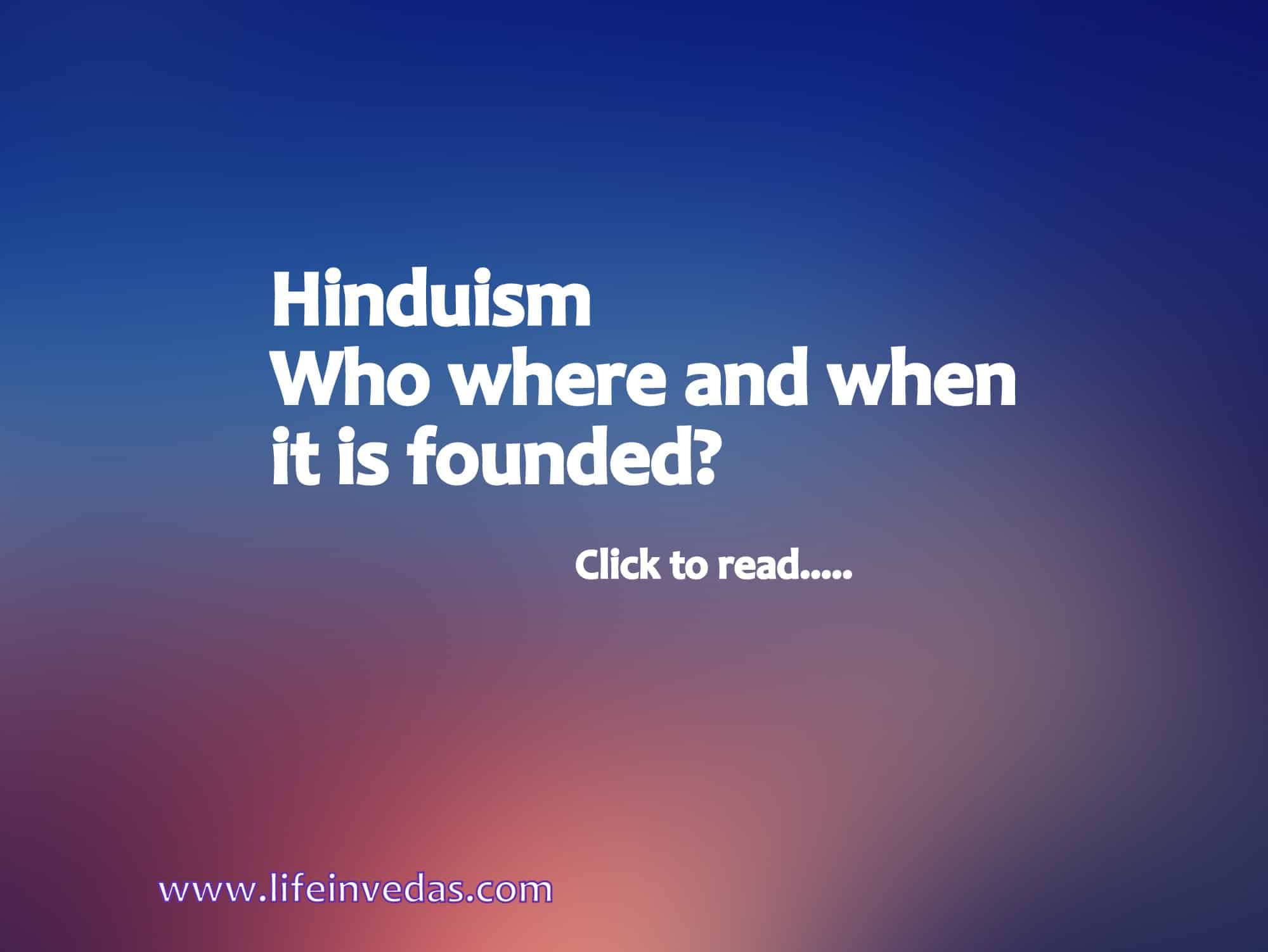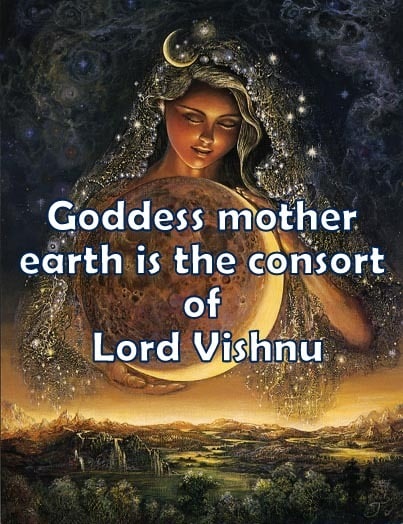What is Hinduism?
What is Indus Valley Civilization?
Hinduism definition – According to various evidences written in the Mahabharata, Anarta, Abhira, Dwarka, Sindhu-Sauvira, Sivi, Sudra and various other kingdoms existed during the war of Kurukshetra dated around 3067 BC.
- Kurukshetra war took place during the early time period of Indus Valley (Sindhu River Valley) Civilization dated around 3300 to 1300 BCE.
- Most of the kingdoms weakened and eventually perished due to the Kurukshetra war and natural disasters except Sindhu-Sauviras and the Sura-Abhiras.
- The peak period of the trade to and from Sindhu-Sauvira and Sudra-Abhira kingdoms through land and sea routes occurred after the Kurukshetra war around 2600 BCE. This period was the peak time of Indus Valley Civilization (2600–1900 BCE).
- At this time ancient Persians and later the ancient Arabs interacted with the Sindhus people for the purpose of trade via land and sea routes. Due to a mispronunciation of ‘Sindhu’ word Persians first coined the name ‘Hindu’ for their ‘Sindhu’ trade partners.
Hinduism definition – Hindu and Sindhu
Therefore, Hindu and Hinduism are not authenticated words but given by Persians due to the mispronunciation of the word ‘Sindhu’. Hindu and Hinduism words are not found in any scripture or Vedas.
The right word is ‘Sanatana’ or Sanatana Dharma (Eternal Duty). It is present in the ancient most Veda or Rigveda and described in detail in the Veda by various hymns.
Hinduism definition – SANATANA DHARMA
There is only a single religion that is Eternal Religion or “SANATANA DHARMA”. Sanatana means begin less, eternal or everlasting which has no beginning and no end.
Sanatana Dharma is not derived from any other religion, but it is original. Sanatana Dharma is the traditional way of living beyond human history.
This is the way of God and Goddess to work and behave in family and society.
There is no founder of the Sanatana Dharma except the God itself. This Sanatana Dharma is from the time when God initially made this earth planet and created creatures, animals, birds, and human beings.
First time Lord Shiva who is “Swayambhu” who has no birth but manifested himself with his feminine energy Goddess Parvati, did marriage with Goddess Parvati and gave birth to the children and the creation of the universe has come into the manifestation.
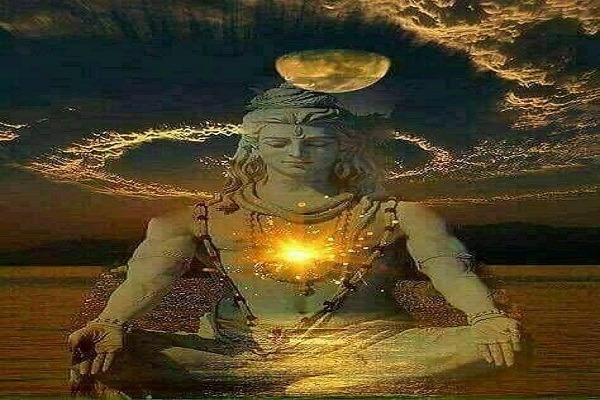
Lord Shiva manifested Lord Vishnu and Lord Brahma through his energy.
(All you are the physical bodies as all understand therefore give birth to physical bodies in the form of children.
God and Goddess are superpowers beyond the physical bodies; therefore, they give birth to energy bodies in the form of their children like Lord Ganesha.
If you are a physical body then you are capable to give birth only physical bodies. But if you have superpowers beyond the physical world then you are capable to give birth to the energy bodies in the form of children.
This was true in the past and also true in the present. Anyway, this is totally a paranormal concept that will be discussed in any other text.)
Lord Shiva, Lord Vishnu, and Lord Brahma
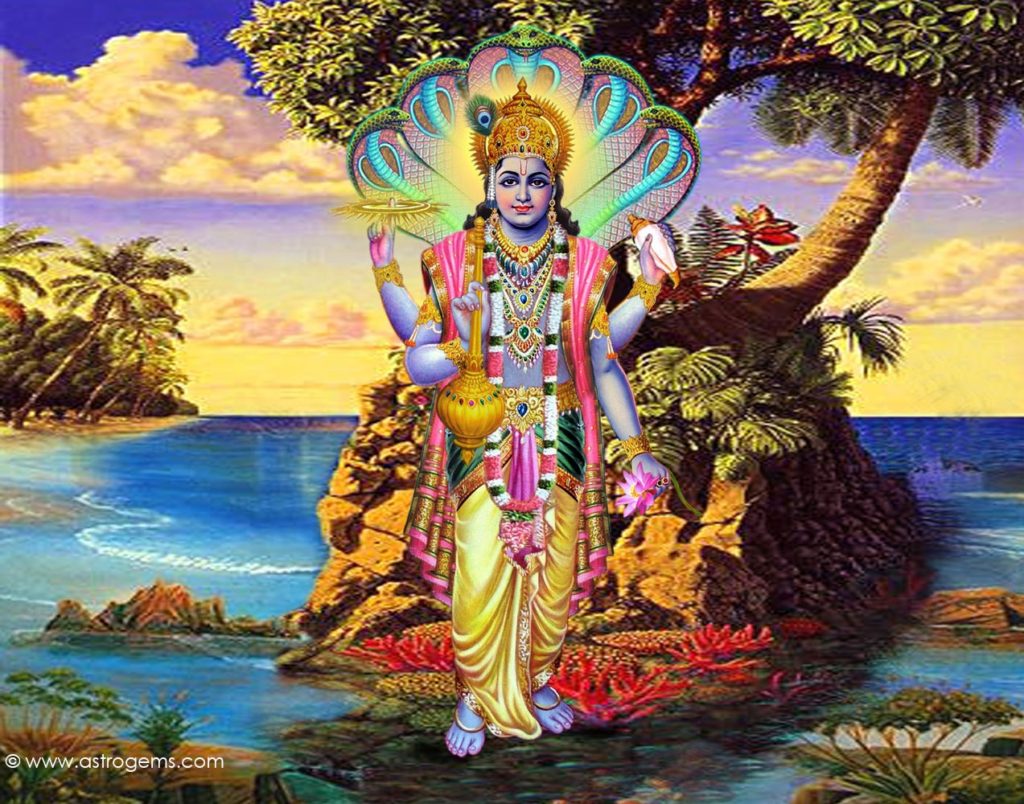
Lord Shiva gave the responsibility to Lord Brahma to give birth to all other creatures including the human being and Lord Vishnu to take care of the creatures and this present world came into the existence.
This all is the root of Sanatana Dharma, the foundation of Hinduism. Therefore Sanatana Dharma is a complete process of development of all the creatures including human beings.
God and Goddess present a complete system before the coming generations and show how a man should live in society and in the family.
Don’t miss reading – Why there are so many religions when God is one?
Hinduism origin
When was Hinduism founded?
Sanatana Dharma or eternal Dharma is the foundation of Hinduism or Hindus. God Lord Shiva who is “Swaymbhu” is the founder of Sanatana Dharma.
It is later called the Hindu Dharma. Therefore Hinduism is the oldest religion on the earth’s planet.
Where did Hinduism originate?
The origin of Hinduism cannot be associated with a specific time and a specific person as described in all other religions.
According to the Hindu religion, the human is not incarnated on the earth first time, but from the origin of the earth, planet human came so many times in so many ways.
Sometimes due to the process of birth and rebirth and some other time due to the destruction of the whole creatures.
So many times this human civilization is abolished and again established. In fact, this is an infinite cycle of destruction and construction again and again.
Satiyuga, Tretayuga, Dwaparyuga, and Kaliyuga come and go again and again. No one can bind them in a particular time period.
It is a continuous process and every time when this human civilization comes it follow a specific tradition, a way of living and laws and collection of all these is called Sanatana Dharma or Eternal Duty.
Dharam or Hinduism.
What is the definition of Hinduism?
Hinduism definition
Hinduism is another name for Sanatana Dharma that is a permanent, eternal, everlasting way of living.
It is a traditional system that tells some natural laws to live a life and follow the laws from before birth to after the death confined into 16 Sanskars.
Founder of Hinduism
Initially, the founder of the system is God or Lord Shiva. Some other time saints (Rishies and Brahmrishies) established the Sanatana Dharma. Recently saint Manu established Sanatana Dharma.
Therefore, there is not a particular founder of Hinduism or Sanatana Dharma like other religions.
Hinduism gods
The series of Hinduism gods and goddesses started from Lord Shiva who is “Swayambhu” and then other gods and goddesses came into existence like Brahma, Vishnu, Goddess Durga, and many more.
But all these energies are derived from single energy that is Lord Shiva or Shiva-Shakti.
The whole universe is a play of Shiva-Shakti. Every man has a Shiva and every female has a Shakti, hence, Lord Shiva is also called Ardhnarishwar Shiva.
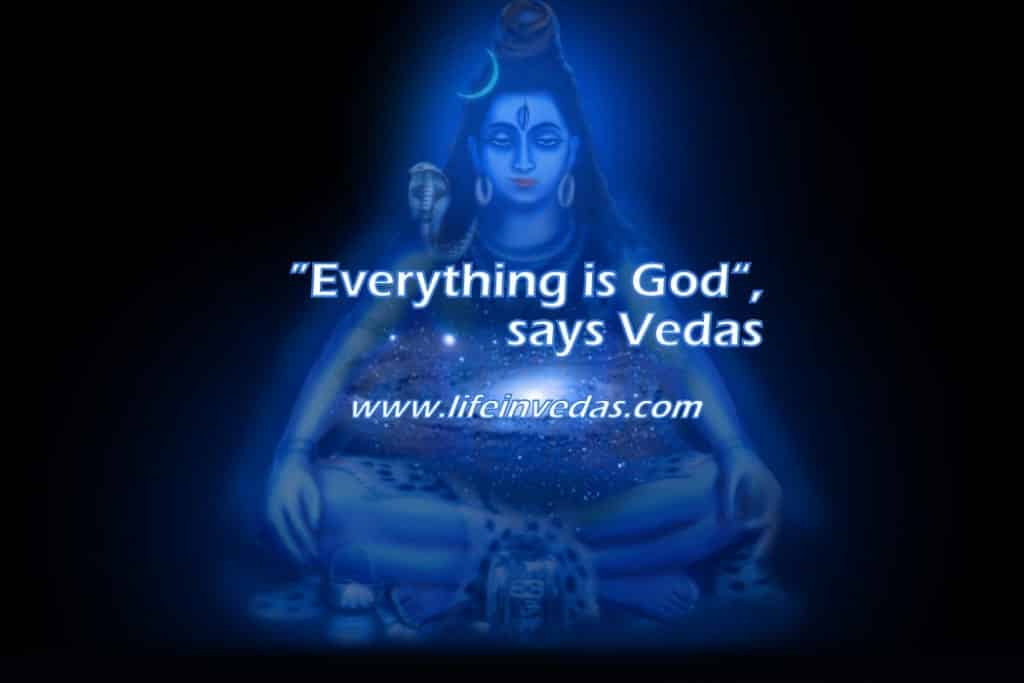
History of Hinduism
The whole process of “Sanatana Dharma” is difficult to elaborate on. According to the calculation of Yuga, 27 cycles of Yugas (Satiyuga, Tretayuga, Dwaparyuga, and Kaliyuga) have completed.
This is the 28th cycle of four yugas that is going on in which three yuga – Satiyuga, Tretayuga, and Dwaparyuga have already over this is the beginning or first stage of Kaliyuga.
Every yuga has four stages. Therefore, history is very big and difficult to recall.
Keeping all this in mind it is considered that this Hinduism is again established by Lord Shiva in the recent Satiyuga and then redefined by the son of Lord Brahma named Vaivaswat Manu.
Stage 1: Brahmkala (From the creation of the universe to the creation of the human)
- Initially, Lord Shiva and Adi Shakti: mother Parvati manifested.
- Every other thing derived from Shiva and Shakti.
Stage 2 Brahmakala (The period of Brahma Shiva, and Vishnu)
- Brahma and Vishnu with their consorts manifested by Lord Shiva and Adi Shakti.
- 10 sons of Lord Brahma came into existence in this time period
- Nar Narayan, Dattatreya, Kapil, Varah, Swatvarah, Erasing, and Vaman avatar all incarnated in this time period.
- God and devil war also took place in this time period
- All four Vedas came into existence in this time
- Tadakasur, Tripurasur, and Mahashasur all killed by Adi Shakti in this duration
Stage 3 Swaymbhu Manu Kala (9057 BC)
- Manu son of Lord Brahma and Shatrupa daughter of Lord Brahma were the first human beings who took part in the creation and started the creation.
- Manu and Shatrupa had two sons; Priyavrat and Uttanpada. All we on the earth are the children of these two sons of Manu and Shatrupa
- Uttanpad had two queens Suniti and Suruchi. Suniti had a son Dhurva and Suniti gave birth to Uttam
- Priyavrat had two queens and one is Bahishmati. She gave birth to 10 sons; Agnidh, Yagabahu, Medhatithi, etc.
- Agnidh was the king of the whole earth planet
- With another queen of Priyavrat three sons were born; Uttam, Tamas, and Raivat. These three sons were the kings of three different groups of followers.
- In the family of Priyavrat first Jain Theerthankar, Rishabhnath was born
- Rishabhnath had two sons; Bahubali and Bharat
- With the name of king Bharat India received the name of “Bharat”.
Stage 4 Vaivaswat Manu Kala (6673 BC)
- Kachap, Matsya, and Parshuram all incarnated in this time
- Vaivaswat Manu had 10 sons; Eil, Ikshvaku, Kushnama, Arishta, Dhrist, Narishyant, Karush, Mahabali, Sharyati, Prashudh.
- In the next generation of Ikshvaku Shri Ram was born.
- Many wars took place during this time like the war between Vashisth and Vishwamitra, Dashraj war of King Sudas
- Baluchistan also came into existence during this time.
Dynasty of Shri Ram (5114 BC to 3000 BC)
- Lord Shri Ram born in the 40th generation of Vaivaswat Manu
- The whole record of this time period is recorded in the Ramayana
- Saint Pururava again established the knowledge of Veda in the form of three Vedas in this time period
Dynasty of Shri Krishna ( 3112 BC to 2000 BC)
- This time period is known as Mahabharata Kal
- Rishi Vedvyas established Vedas in four Vedas again
Arya Civilization (1500 BC to 500 BC)
- This time period is known as Vedic Yuga
- People again established Sanatana dharma on the earth
[jetpack_subscription_form title=”” subscribe_text=” Enter email to get Updates” subscribe_button=”Click” ]
So, be proud of yourself if you are following Sanatana Dharma
